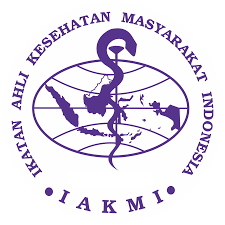The Antifungal Effect of WHO Hand Sanitizer to Candida Albicans in Improving Personal Hygiene
Abstract
Hand hygiene is one of the important factors that determine a person's health status. Hands are easily contaminated by microbes from the environment such as bacteria, viruses, and fungi through direct contact. Hand sanitizer is a type of media that can be used to clean hands from disease-causing microbes other than soap. Hand sanitizers are widely used by the community because they are considered more practical to use. This study aims to determine the anti-fungal activity of the hand sanitizer recommended by the World Health Organization (WHO) against Candida albicans. Anti-fungal activity was tested using the well diffusion method. The results showed that the higher the concentration of the hand sanitizer, the bigger the inhibition zone formed. The statistical test results obtained a significance value of p <0.05 at the variation of the concentration of hand sanitizer 50%, 75%, 100%, and treatment control. These results indicate that there is a significant difference between the hand sanitizer treatment and control of the inhibition zone formation in C. albicans. The WHO recommended hand sanitizer has medium inhibitory power against C. albicans bacteria.









